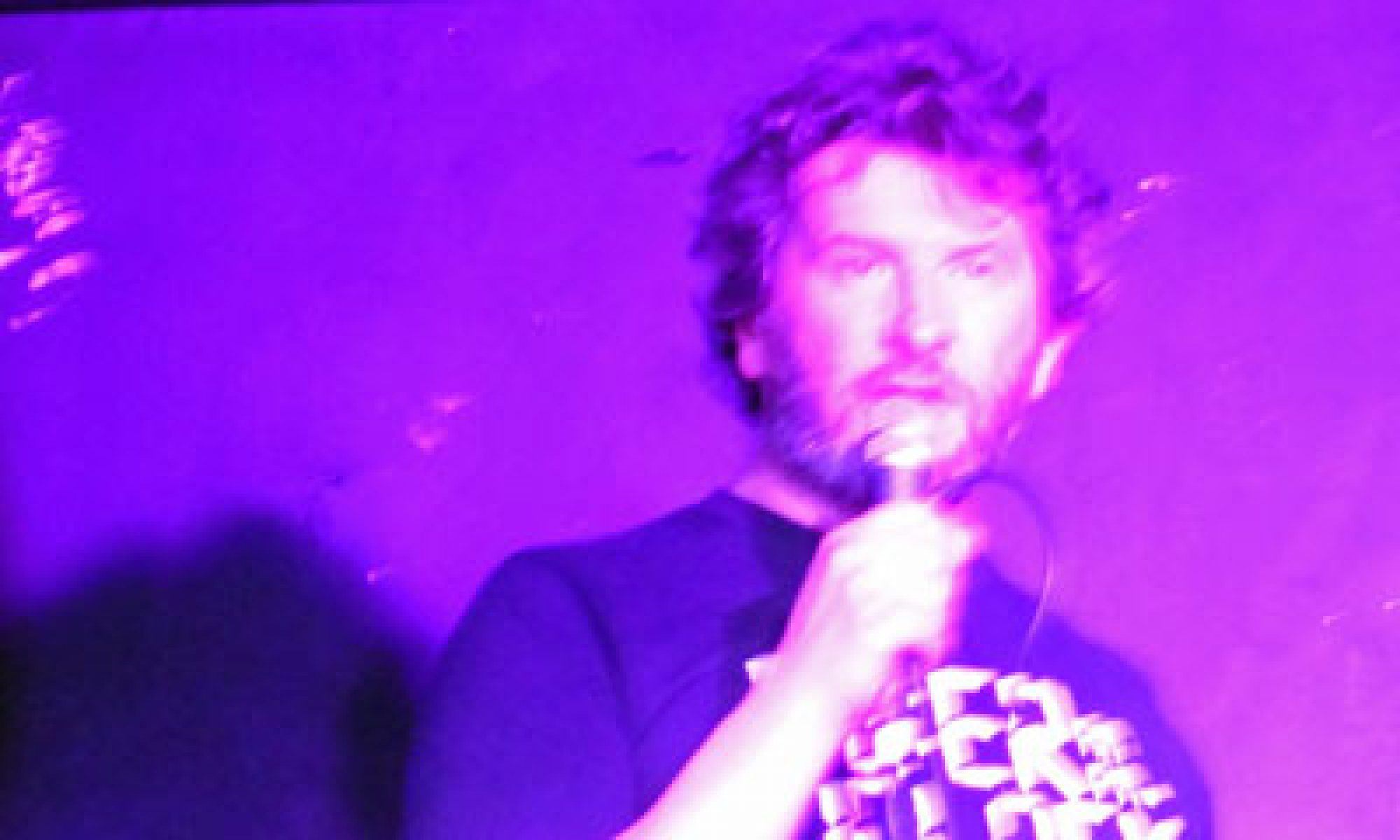- Selected Fabergé Easter Eggs at Covent Garden
Anyone who’s walked around certain areas of London — such as the South Bank, Carnaby Street or Canary Wharf — during Lent this year might have been puzzled by seeing giant eggs dotted around on plinths. I discovered them on a lunchtime stroll in St. James’s Park which, like Green Park, was home to about a dozen of these mysterious objects.
What made the eggs fascinating was that each was uniquely created by an artist, jeweller, designer or, even, architect — many of whom were household names like Bruce Oldfield, Sir Peter Blake or Sir Nicholas Grimshaw. (The architects’ designs were unsurprisingly elaborate and spectacular — see this article.)

The eggs collectively formed The Fabergé Big Egg  Hunt — a brilliant initiative devised in aid of two charities — Elephant Family and Action for Children and based on the famous luxurious, jewelled eggs created by Fabergé at the turn of the 20th century.
210 of the eggs were distributed across London in 12 zones (some mentioned above) for enthusiasts to hunt down using Facebook or SMS to text donations to the charities using the egg’s number. I intended to track down them all but ran out of time before I spotted too many — although I did spot a few spectacular eggs in shop windows around Sloane Square and a few hanging from the underside of the Royal Festival Hall as well as those in the parks.
In the week before Easter all the eggs were brought to ‘nest’ at Covent Garden and hours before they were all due removed to be auctioned off I managed to make a visit. I was very glad I did.
I liked the idea of the egg hunt but seeing the eggs altogether around the piazza — some in shops, others hung from the roof, most arranged in rows on the cobbles — showed what  extraordinary breadth of innovation and imagination had been devoted to the eggs’ conception. There were eggs that were quirky, eccentric, clever, beautiful, funny, witty, sensual, extravagant and thought-provoking — and all were completely individual. So it was appropriate they’d been dotted around London — a city that also well deserves that list of adjectives.  The tourists in Covent Garden were definitely enjoying the surprise eggstravaganza (I finally succumbed to ovoid-linguistic temptation).
I took a few photos (arranged in the collage above) of some of my favourites, although I didn’t photograph the one that’s made the most lasting impression on me, which was Egg 5 Around the world before bedtime, (which is covered in wistful flying childhood dream silhouttes against a beautiful graded brown background)Â by Miss Dee (who’s apparently a Brighton-based wall mural artist).
As a bit of character development I was wondering which of the eggs Kim, the artist in my novel, might have created. I guess the proper answer is none — like all the artists and designers she’d create something unique — but I saw a few that would seem to appeal to her personality. The black egg with randomly flashing lights (Chicken by Jason Bruges Studio) might be appropriate for her hip Shoreditch nightlife; the elaborate decoration of Charm by Spina Designs ties in with her body jewellery (and she’d probably be interested in  passementerie too); but probably the most apt for spiky Kim would be Harriet Mead’s Ambush — a plain egg climbed by two lizards about to devour a cricket.  (Her artistic style might be reflected by Eggsquisite London, The Power of Plants and Sad Happy Frog Egg in the photos above.)
The eggs in the photos at the top (clockwise from the top left) are: 14, Ascension by Caio Locke and 3D Eye; 169, Egg Letter Box by Benjamin Shine; 130, Eggsquisite London by Paul Kenton;  179, My Generation by Vincent McEvoy;  159, The Power of Plants by Susan Entwistle; 113, Sad Happy Frog Egg by Gary Card; 55, Metropolis by Rob and Nick Carter; 196 On/Oeuf by Oliver Clegg; and the other side of Eggsquisite London.

